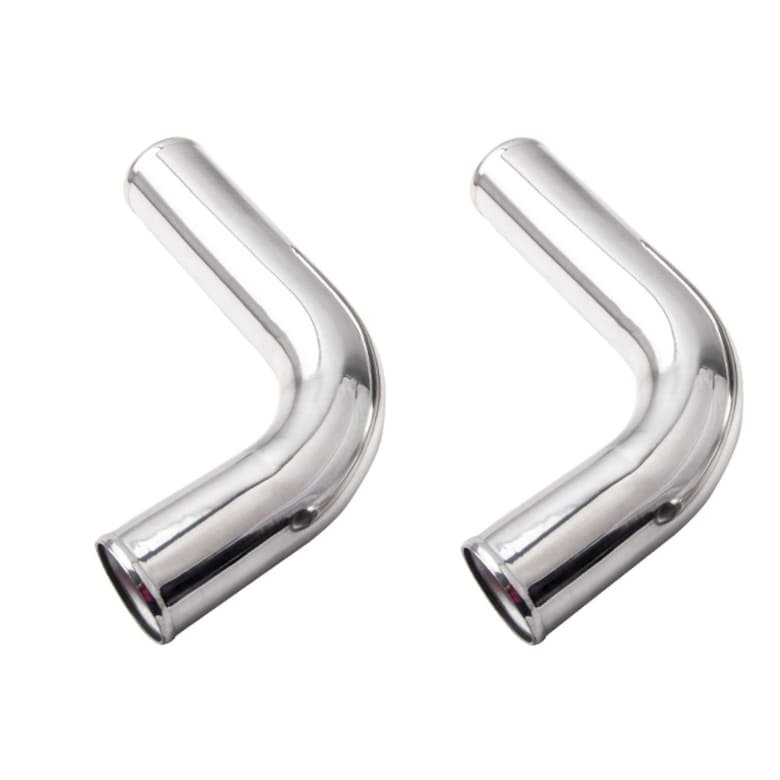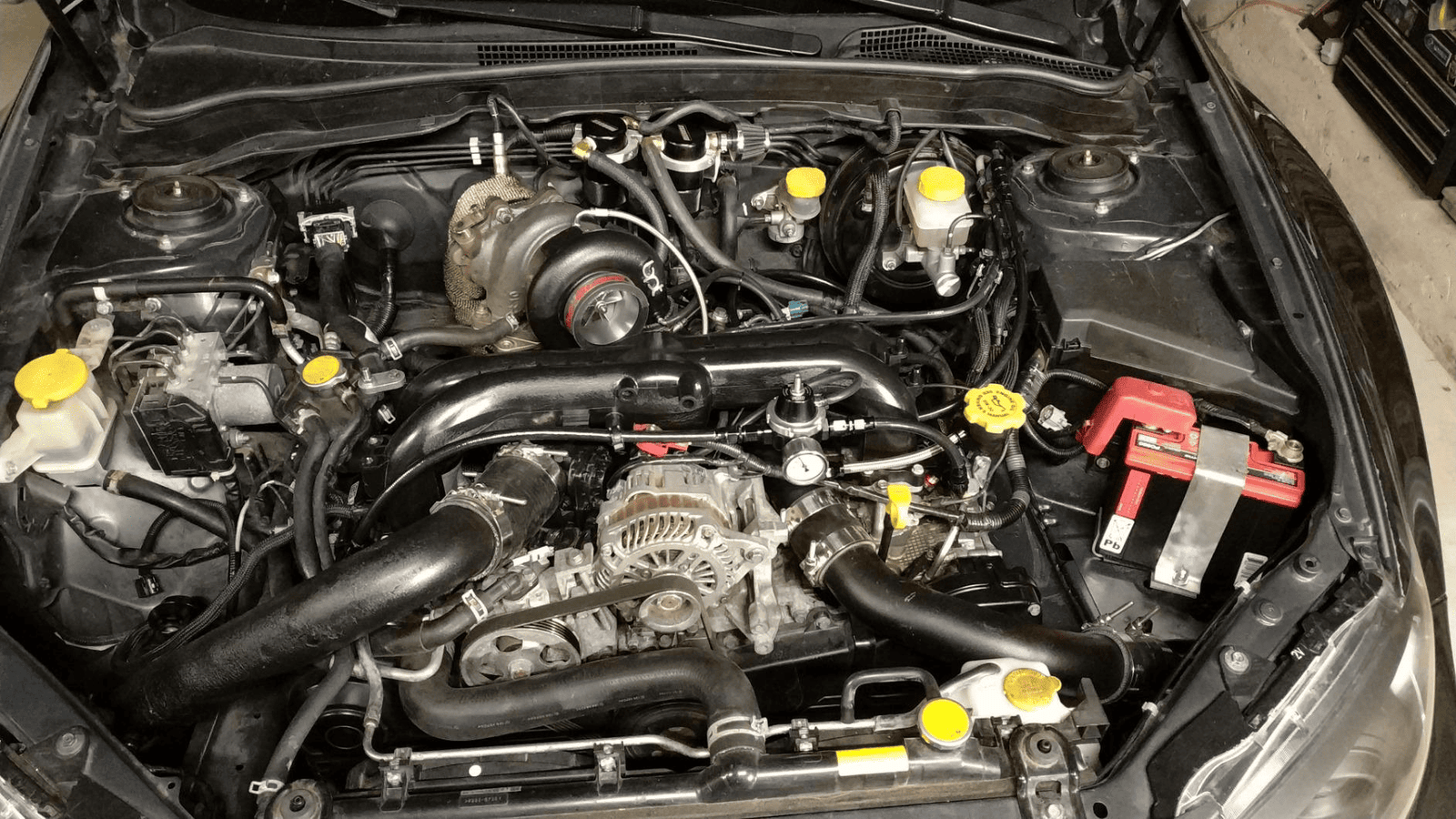V-band clamps are a solution to problems like leaky exhaust systems or misaligned hoses. They can reduce installation time and provide a secure, leak-proof connection. Let’s take a closer look at how they work.
V-band clamps work by using a V-shaped metal band that wraps around two interlocking flanges and tightens to create a 360° seal. They are gasket-free, easy to install and remove, and widely used in automotive exhaust systems, ターボチャージャー, and industrial piping systems.
Let’s take a closer look at V-band clamps.
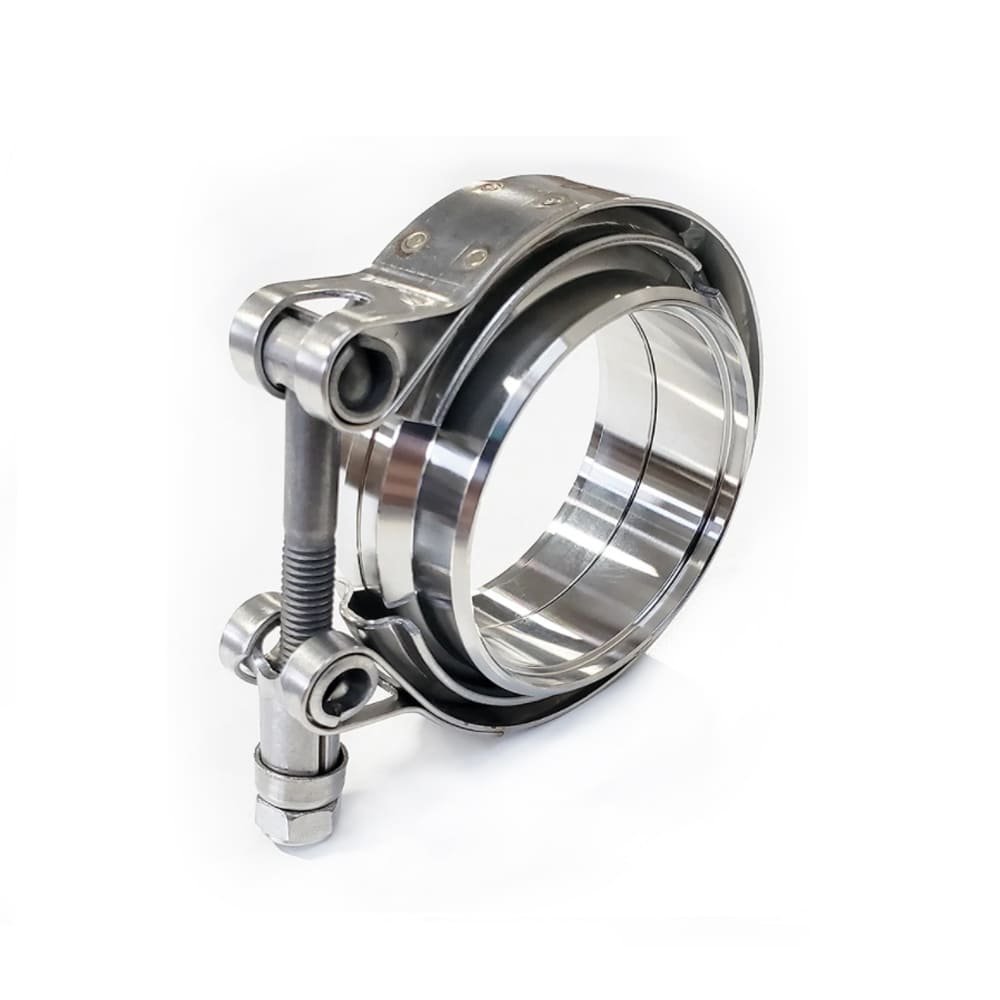
What is a V-band? How does it work?
V-band clamps are special fastening device that securely connects two flange components together. It uses a V-shaped groove that fits over the flange. When the clamp is tightened, it presses the flanges together evenly, creating a strong 360-degree seal without the need for gaskets.
V-band clamps often feature T-bolts or quick-releases, making removal and reinstallation quicker—a great advantage for exhaust systems, turbo connections, and pipe maintenance.
History of V-band clamps
V-band clamps were originally used in aerospace applications. Over time, their many advantages led to their use in the automotive, 産業, and marine industries, and today, they can be found on everything from turbocharged race cars to industrial machinery.
Are V-band clamps suitable for exhaust systems?

Absolutely. V-band clamps are perfect for exhaust systems, and they have many advantages:
- High temperature resistance
- Strong seals to prevent exhaust leaks
- No need for gaskets, which often fail over time.
- V-band clamps offer easier installation and removal. With just a few simple operations, exhaust components can be quickly connected or disconnected
- Reduce looseness or leaks caused by exhaust system vibrations
Great for high-performance cars, with smooth internal flow and leak-free joints, which can make engine performance better and exhaust sound clearer.
Applications of V-bands
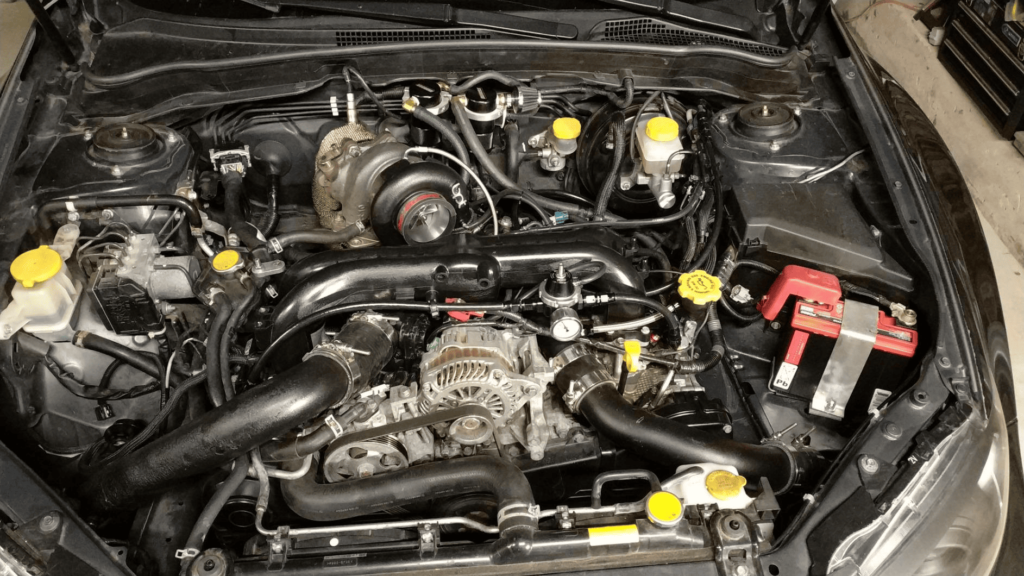
V-bands are widely used and can be used in:
- Automotive: exhaust pipes, ターボチャージャー, wastegates.
- Industrial piping: steam lines, hydraulic systems.
- Aerospace: jet engine piping and high-pressure systems.
- Marine: exhaust and intake systems.
- Energy and oil and gas industry: oil and gas equipment
Their ability to maintain a tight seal in harsh environments is what makes them so popular.
Pros and cons of V-bands
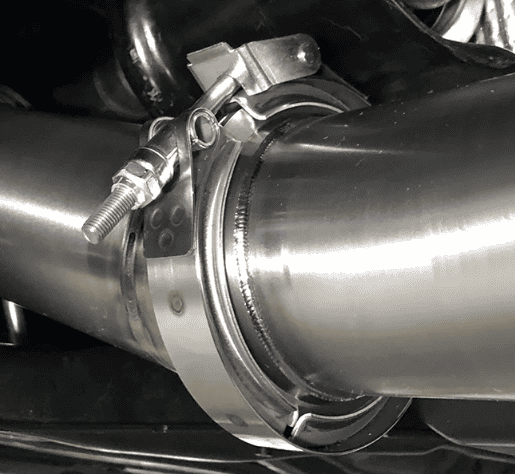
Pros:
- No gaskets required.
- Can provide a tight seal, suitable for high-pressure environments, no leakage
- Quick installation and removal.
- Resistant to vibration, high temperature and high pressure.
- Enhanced durability in long-term use, suitable for high-frequency removal and installation
- Widely used in automotive, aviation, レース, industrial equipment and other fields, especially in high-performance engines and exhaust systems
Disadvantages:
- Welding is usually required to properly install the flange.
- More expensive than standard flange connections.
- Requires careful alignment to prevent leaks.
- Still, for most professional installers, the advantages far outweigh these minor drawbacks.
Common Questions About V-Clamps
How tight do V-Clamps tighten?
Tighten until snug—just enough to handle the pressure without bending or deforming the flange. Follow the manufacturer’s torque specifications.
Can V-Clamps be reused?
はい! High-quality V-Clamps can be reused many times as long as they are not over-tightened or damaged.
まとめ
V-Clamps are popular for their strong, leak-free seals and ease of maintenance.
For professional installers, mastering the use of V-Clamps is essential for faster, cleaner, and more reliable installations.

